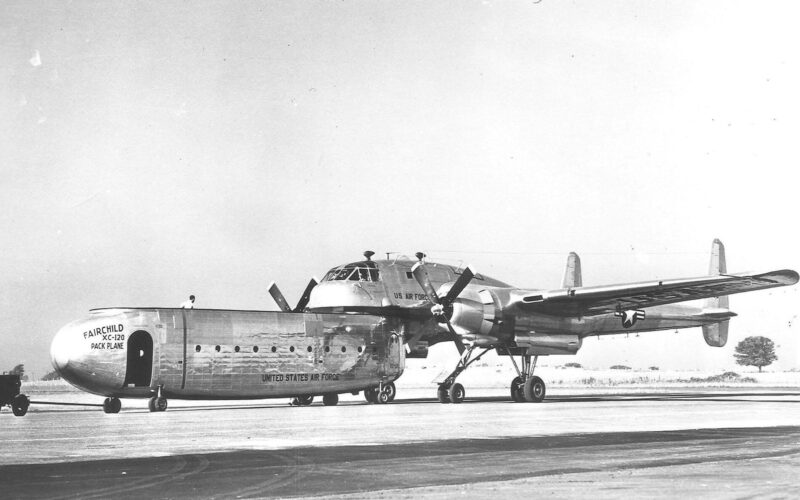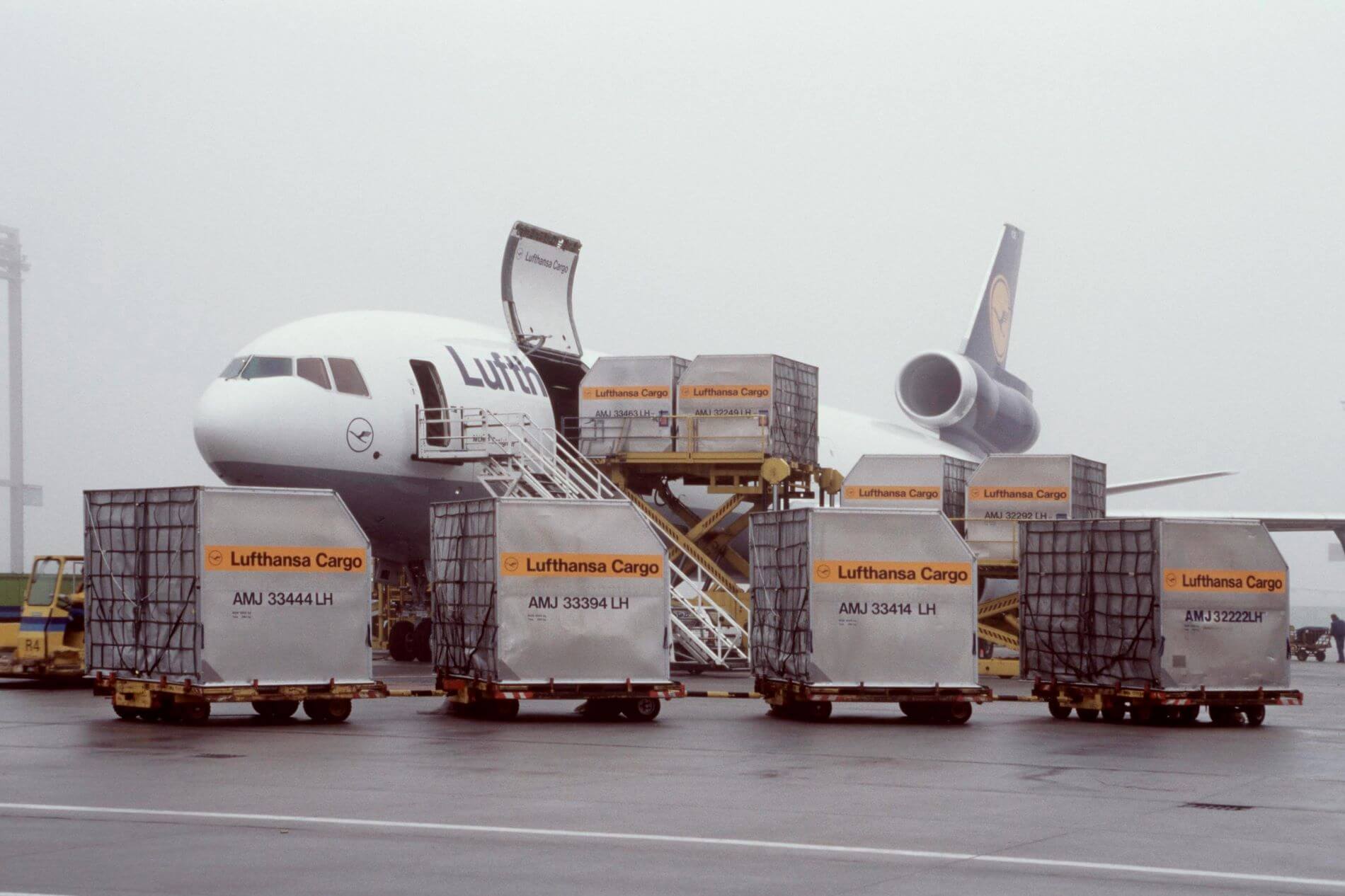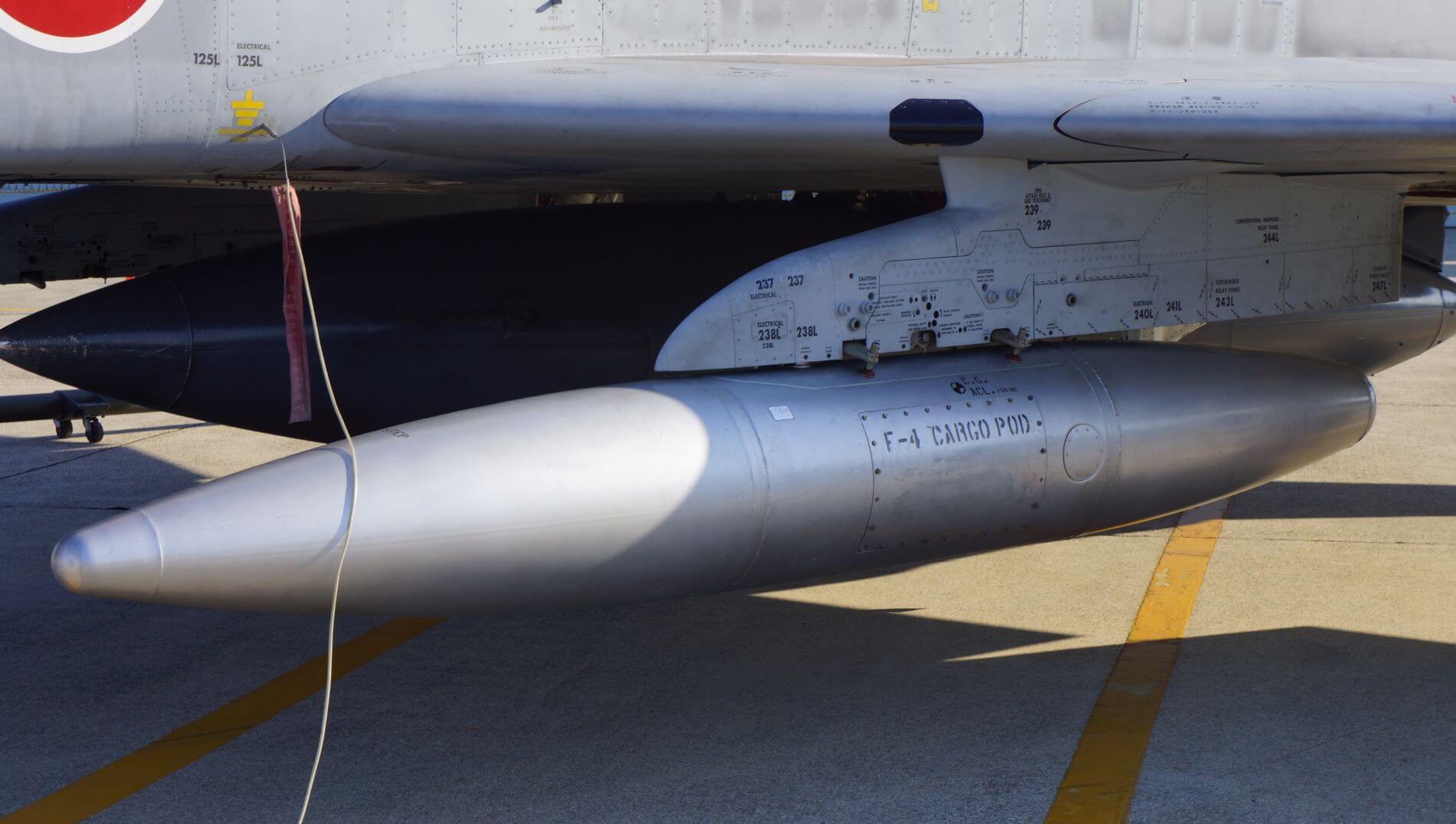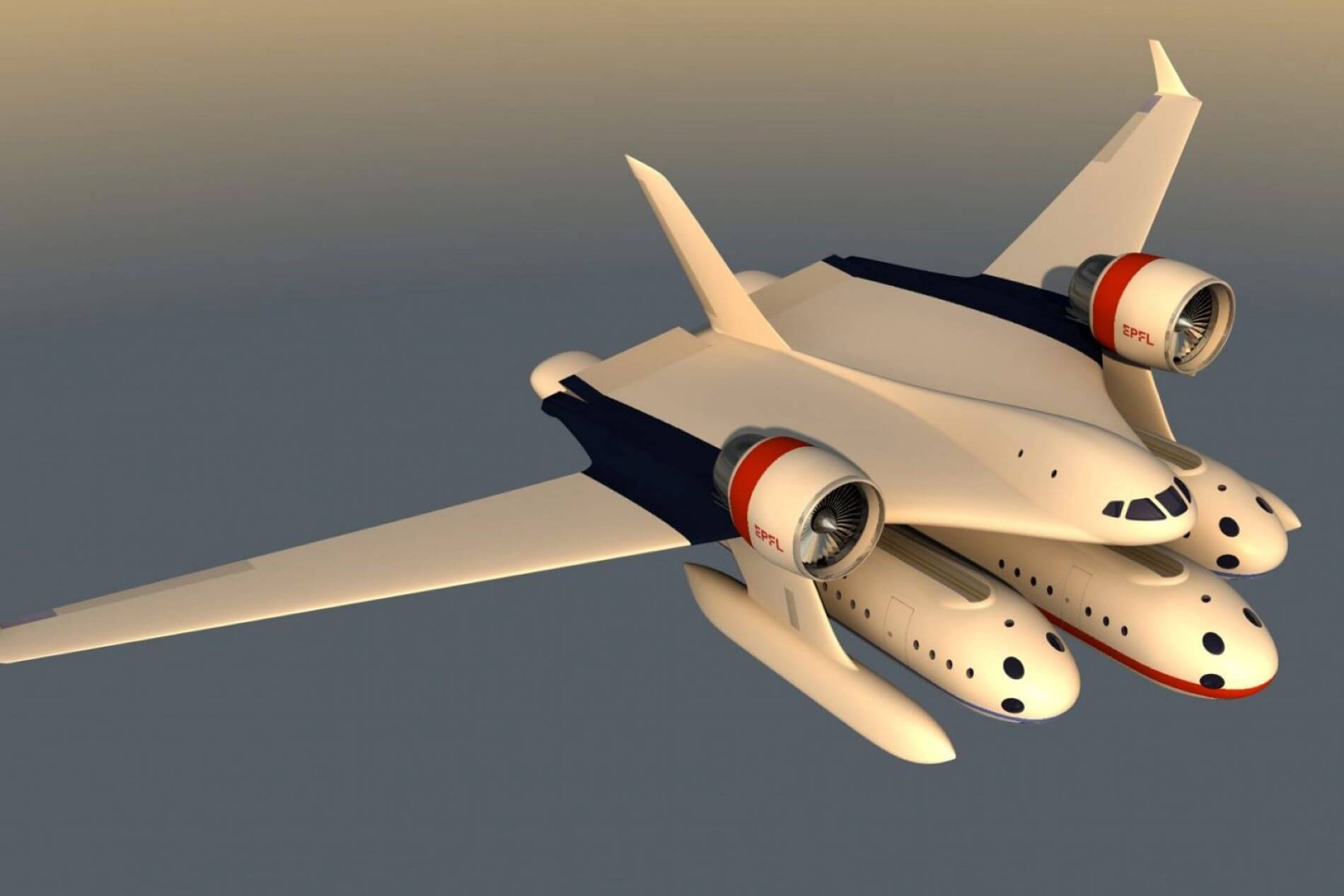Why are modern freighter airplanes not modular? In the cargo industry, modularity of various kinds revolutionized the sector throughout the 20th century, from semi-trailer trucks to ships that swapped cargo holds for stacks of universalized shipping containers. The development of easily interchangeable components had huge benefits for transportation, and this continues in the 21st century.
It isn’t difficult to imagine similar principles being applied to airplanes. Replacing a detachable cargo hold is surely easier than loading anything into a conventional fuselage, so turnaround times would, in theory, be dramatically faster on modular aircraft. Different kinds of cargo pods could be created to suit different requirements. And maintenance could possibly be streamlined, allowing servicing to be restricted to just one part of an aircraft.
So why is it that ideas for modular aircraft have never really caught on? Have there been any attempts to implement such an idea in the past, and are there any modular cargo aircraft in existence today? Let’s take a closer look.
Birth of an idea
At the dawn of aviation, the design of flying machines was pretty much the opposite of modularity. Early aircraft often didn’t have interchangeable parts, and it wasn’t until the 1930s when parts standardization became widespread, and not until WWII when it became commonplace.
The idea that entire components and compartments could be interchangeable was next. The Fieseler Fi 333, developed in Germany in 1942, is believed to be the first modular aircraft with an ability to carry large underbelly pods that could be fully detached and swapped for a passenger compartment or a piece of bulky cargo.
Reports suggest that several prototypes were built, but the idea for the Fieseler Fi 333 did not gain popularity. It was picked up by other countries though, and elaborated on after the war.
In Britain, the Miles M.68 was conceived; in Italy it was the Savoia-Marchetti SM.105; and, in the US, the Fairchild XC-120 Packplane. All of them were designed with the idea of reducing turnaround times by making the aircraft’s cargo hold detachable, and even swappable for a component adapted for carrying passengers.
Miles M.68 (Image: L’Aerophile magazine / Wikipedia)
However, it was not to be. Prototypes of the M.68 and the XC-120 were built in the late 1940s, and extensively tested. But both ideas were abandoned. Performance wasn’t a problem, rather the fact that they failed to attract the necessary investment.
And there is a problem with modularity. While turnaround times can be significantly faster, the payload capacity of a modular aircraft will always be lower than of a conventional one. Under the best of circumstances, the XC-120 could carry 9,090 kg (20,000 lb) of cargo. But it was built as a modification of the Fairchild C-119 Flying Boxcar, which could lift as much as 12,500 kg (27,500 lb). The M.68 was developed from Miles Aerovan, a small cargo aircraft that could carry up to 1,360 kg (3,000 lb) of freight; the capacity of the M.68 was nearly half of that, even though it had an additional pair of engines attached.
Why is this? Well, connecting the pod to the fuselage requires a hefty attachment system, which weighs more than a ton in the aforementioned examples. Both aircraft also needed an elaborate landing gear arrangement that adds weight. In addition, they weren’t exactly aerodynamic, leading to shorter ranges and difficult controls.
While the idea was discarded in the West, in the 1980s it was resurrected in the Soviet Union. Molnyia – the bureau that designed the Buran space shuttle – proposed the Molnyia-1000 Heracles, a huge twin-fuselage aircraft that could serve as an aerial spacecraft launch platform, as well as a cargo or passenger airplane with an appropriate pod attached. The idea was far behind the bureau’s technical capabilities at the time, and it is unlikely that it could be built today.
The adaptation
While it seems that this kind of modularity doesn’t work for cargo operations, there are arguments in favour of its suitability when implemented in a different way.
Firstly, modern air cargo usually comes preloaded, not dissimilar to the method devised for modular aircraft of the 1940s. It arrives in Unit Load Devices (ULDs) – standardized containers that are compatible with most freight aircraft, can be quickly loaded and unloaded, and don’t interfere with an aircraft’s aerodynamics. Due to being stored inside the fuselage, they don’t require a hefty attachment system to be locked in place.
Unit Load Devices being loaded on an aircraft (Image: LCAG / Wikipedia)
Secondly, although cargo pods did not materialize in the way envisaged by mid-century engineers, they do see quite a lot of use in aviation, specifically of the general and military kind.
Many companies offer external storage containers for small utility aircraft, similar to hard-shell carriers for cars. Such pods are typically attached under the belly of an aircraft and are popular with bush pilots who deliver cargo to remote or hard-to-access locations as they offer a significant cargo volume upgrade to your regular Cessna or Piper.
Cargo pods are also widely used by the military. Combat jets and helicopters can sometimes be seen carrying a container similar to an oversized external fuel tank. Such a device allows the use of a weapons pylon to haul a small amount of equipment – such as a pilot’s personal belongings or necessary maintenance equipment. Cabins of military aircraft do not always have space for that so, in a situation when an aircraft does not require to display maximum performance or carry a full weapons loadout, such as being transferred between bases, it makes sense to add some freight capability.
Cargo pod under the wing of a fighter jet (Image: Hunini / Wikipedia)
In all these instances, cargo containers or pods act as a separate item and not as an integral part of the aircraft, meaning that they are not really modular, but rather are an adaptation of the idea behind modularity.
The comeback
So, modularity seeped into aviation and was adapted in a diluted form, with the goal of exploiting its benefits without sacrificing efficiency. Nevertheless, the original concept of full modularity was not forgotten.
Some say advancements in materials and engineering can bring down the weight of the module attachment system so much that it would cease to be relevant. Others claim that we have already reached that point and the benefits of modular aircraft are about to revolutionize aviation.
Airbus is one of the proponents of the rebirth of modularity. The European company has proposed numerous modular aircraft concepts, from detachable passenger cabins patented in 2015 to Transpose, a project where the singular cabin is substituted for swappable sections. Both of those concepts were aimed at passenger aircraft, but they could be extended into the cargo realm. Their implementation in the near future is doubtful, but they show that one of the world’s largest aircraft manufacturers (or the largest, if you go by 2020 numbers) is still investigating the idea.
Then there are concepts like Link & Fly and Clip-Air, both rather straightforward attempts to resurrect the idea behind the XC-120 for the 21st century.
Link & Fly, developed by engineering firm AKKA, is a regional jet-sized tailless aircraft with a detachable pod comprising most of the fuselage. The company does not provide much information about the technical aspects of the project, but it did test a small-scale model in 2019.
The Clip-Air concept is bolder. It proposes a flying wing-type of airplane that could carry one or more pods under its belly. The pods are supposed to be interchangeable and come in passenger or freight variants, or contain additional fuel for longer voyages. The concept, proposed by Lausanne University in Switzerland, sees the aircraft as a part of a wider transport system, as the pods could be transported by truck or train as well as by the aircraft.
Both of these projects have a lot going for them, as they are based on the promising idea of a flying wing design. Such aircraft are more efficient than regular tube-and-wing designs, but one of their downsides is a need to rebuild all of the aviation infrastructure, from boarding gates to maintenance facilities. Carrying cargo and passengers in separate pods which are reminiscent of the fuselages of conventional airplanes would solve a part of the problem, although it would also eliminate part of the flying wing’s inherent efficiency.
Even if Link & Fly and Clip-Air are never going to be built, they show that the idea of modular aircraft has not been consigned to history. There is still a chance that, at some time in the future, a company will use it to its full potential, transforming or at least heavily impacting the cargo industry in the process.
Concept drawing of Clip-Air aircraft with three pods (Image: EPFL / Clip-Air)





